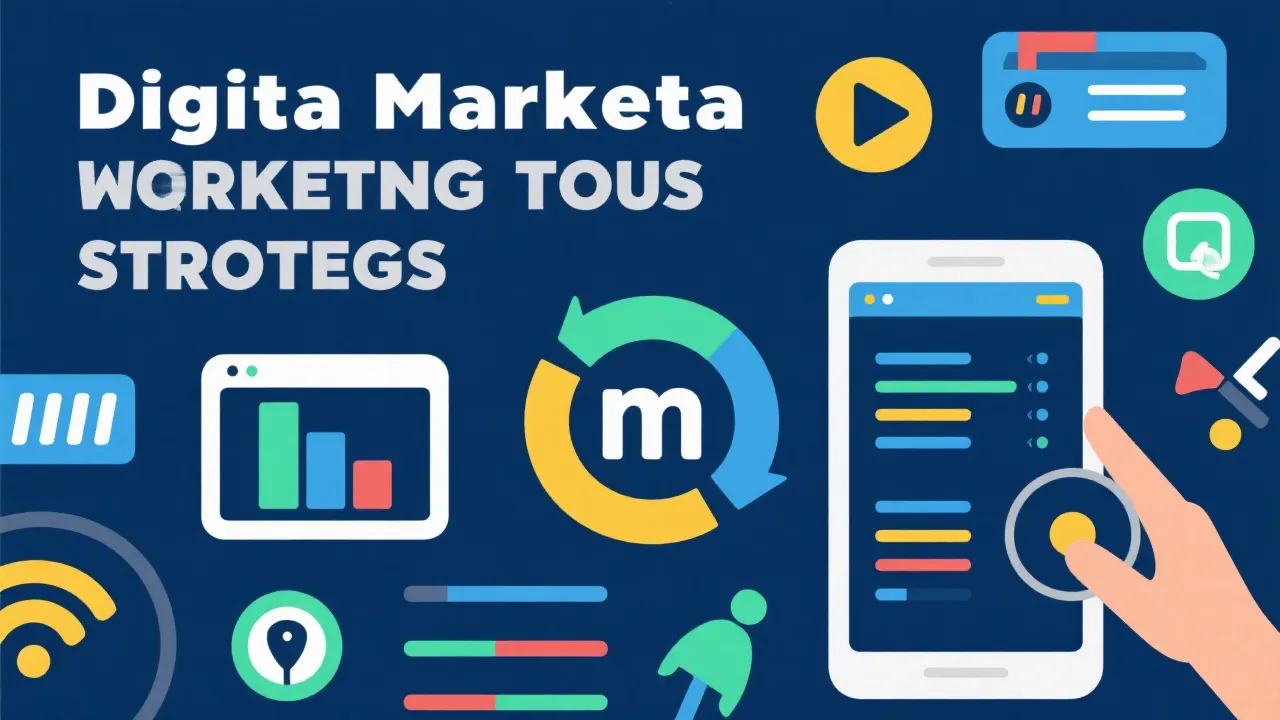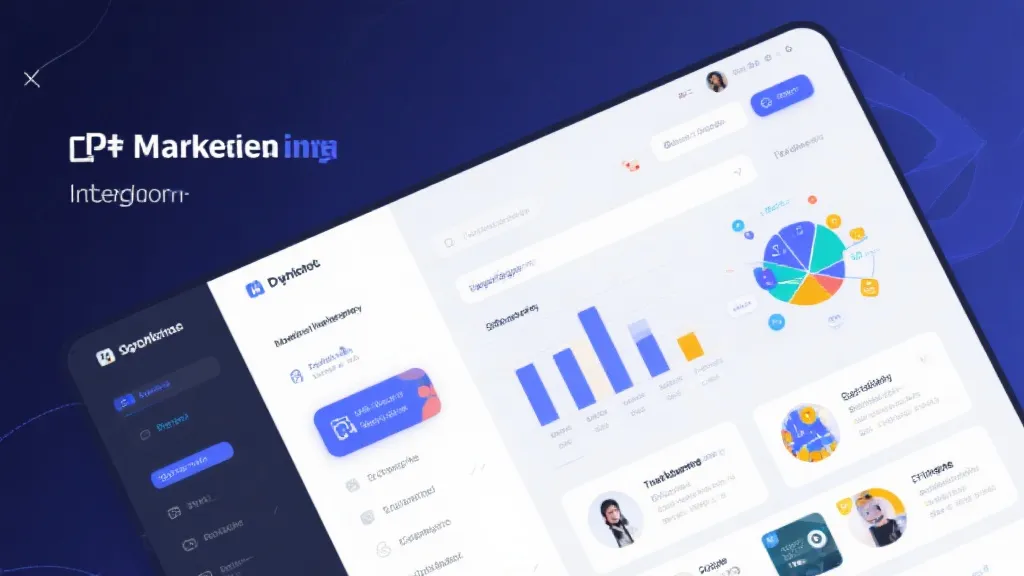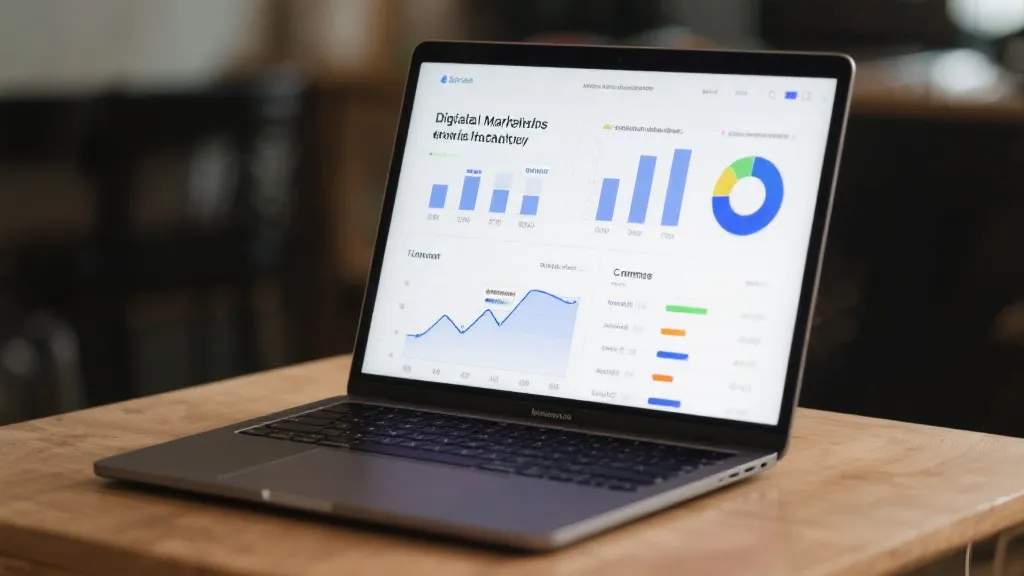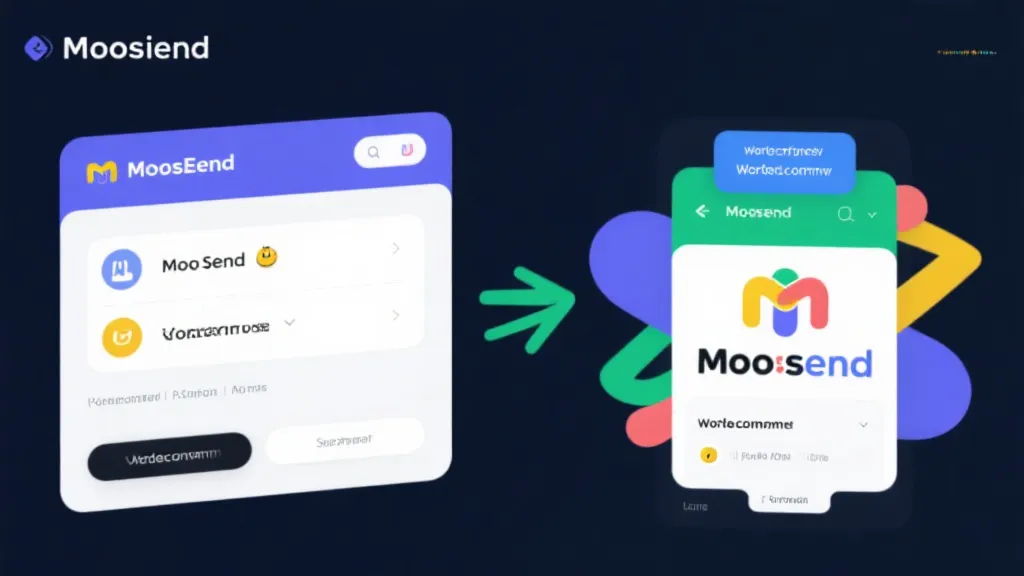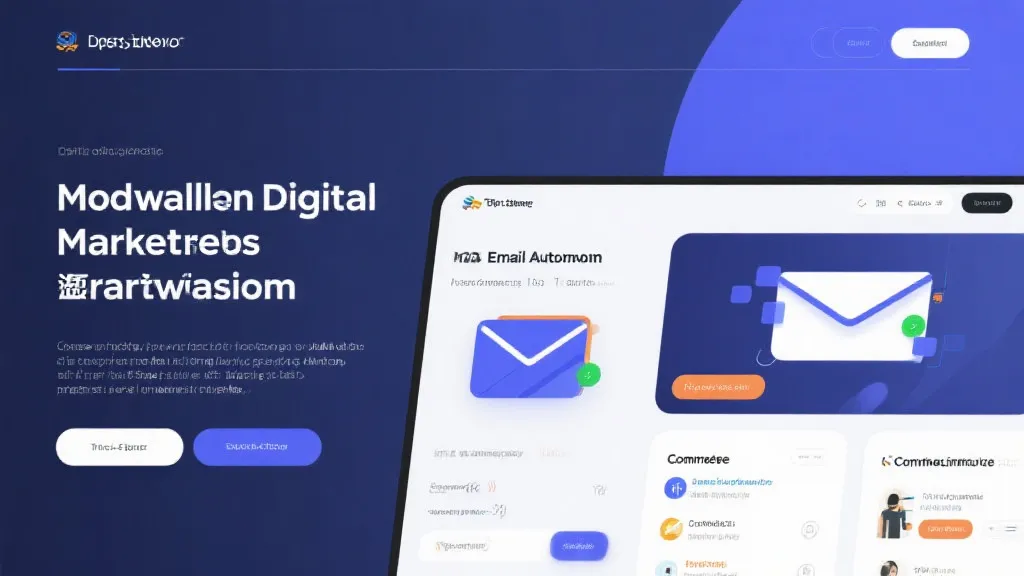Mastering Shopify Marketing Automation
This guide delves into the world of Shopify Marketing Automation, a revolutionary approach to optimizing e-commerce strategies. Understanding Shopify's capabilities in automating marketing tasks can drastically enhance business efficiency, allowing for streamlined customer engagement and increased sales. This article examines automation processes and provides valuable insights into leveraging these tools for maximal business growth.
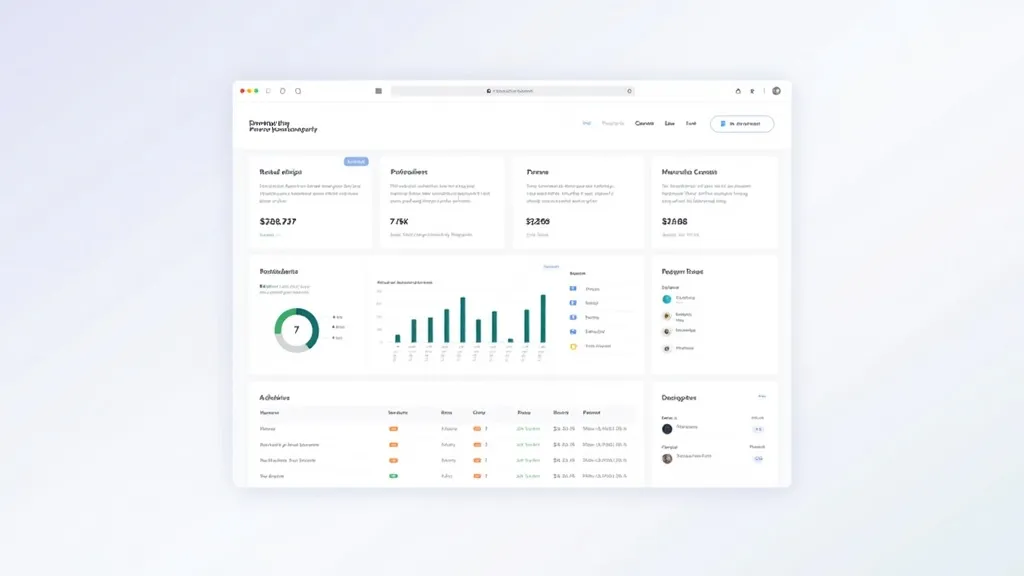
Understanding Shopify Marketing Automation
The e-commerce landscape is ever-evolving, and Shopify Marketing Automation stands at the forefront of this revolution. Automating tasks that were traditionally manual allows businesses to operate more efficiently and provide personalized customer experiences. From emails to social media posts and cart reminders, these processes can now be orchestrated with minimal human intervention, affording businesses to focus on strategy and creativity. In a world where customer expectations are continuously rising, marketing automation serves as a powerful tool to enhance customer relationships and drive sales.
The Mechanics of Shopify Automation
Shopify's marketing automation platform offers a variety of tools designed to assist businesses in crafting personalized marketing campaigns. These tools include workflows for abandoned carts, personalized email campaigns, and detailed customer segmentation. The principle behind these automations is simple: to engage customers at the right moment with the right message, hence significantly boosting conversion rates. For example, when a customer adds items to their cart but does not complete the checkout process, Shopify can automatically send a series of follow-up emails. These emails can include incentives such as discount codes or reminders, which can help in recovering potentially lost sales.
Moreover, Shopify allows for the creation of tailored customer profiles based on shopping behavior and preferences, which can further enhance the effectiveness of automation. By analyzing past interactions, businesses can deploy more targeted campaigns that resonate with their audience. Through the use of customer tags, businesses can categorize customers based on various factors such as purchase history, geographic location, or engagement levels, thereby allowing for deeper segmentation and more precise targeting.
Benefits of Implementing Shopify Automation
The advantages of Shopify Marketing Automation are manifold. It saves time, improves accuracy, and optimizes resources by handling repetitive marketing tasks. Moreover, it allows businesses to scale their operations without a proportional increase in workforce, thereby enhancing productivity and profitability. Additionally, automation provides insights through data analytics, enabling businesses to make informed decisions. This ability to analyze data effectively means that businesses can quickly identify trends, understand customer behavior, and adjust their marketing strategies accordingly.
Another essential benefit is the enhancement of customer engagement. Marketing automation can help businesses send timely reminders and personalized offers, which can significantly improve the customer experience. For instance, businesses can use automation to send personalized product recommendations based on previous purchases and browsing history. This level of personalization makes customers feel valued and understood, which can promote brand loyalty over time.
Crafting a Successful Automation Strategy
Creating an effective Shopify marketing automation strategy requires a clear vision of customer journeys. Businesses should start by identifying the touchpoints where automation can enhance interaction. Key areas include welcome sequences, feedback requests, birthday offers, and event-triggered messages. For example, automating a welcome email sequence for new subscribers not only sets the right tone for the relationship but can also guide them through the purchasing process, thereby enhancing their overall experience.
A/B testing different strategies and continuously refining them based on analytics are crucial for achieving the top results. Regular testing allows businesses to experiment with various messaging styles, timing, and offers, enabling them to determine what resonates best with their audience. Additionally, understanding the metrics behind these campaigns—including open rates, click-through rates, and conversion rates—will provide deeper insights that can inform future marketing strategies.
It’s also critical to consider the customer lifecycle when developing an automation strategy. Mapping out different stages—acquisition, retention, and re-engagement—can help identify where automation can be most effective. For instance, after a purchase, setting up an automated follow-up sequence to thank the customer and suggest related products can encourage further engagement and drive repeat sales.
Integration with Third-Party Tools
Shopify's ecosystem is rich with third-party apps that can extend the capabilities of its automation features. Tools like MailChimp, Klaviyo, and Omnisend can integrate seamlessly with Shopify to enhance marketing efforts further. These applications offer advanced segmentation, enhanced analytics, and expanded automation workflows, making them invaluable for businesses aiming to extract maximum value from their marketing budgets.
For instance, Klaviyo allows businesses to centralize their data for better targeting, enabling them to create highly specific audience segments based on behavior patterns, engagement history, and demographic information. This level of detail allows for more effective, personalized marketing campaigns that can engage customers on a deeper level.
Additionally, these tools often come with their unique features that can further enhance the automated processes within Shopify. For example, Omnisend's ability to integrate across multiple channels—such as email, SMS, and push notifications—enables businesses to create cohesive, cross-channel marketing campaigns that can reach customers where they are most active.
Comparison of Popular Tools
| Tool | Features | Strengths | Weaknesses |
|---|---|---|---|
| MailChimp | Email marketing, automation workflows, segmentation | User-friendly interface, comprehensive reporting | Can be costly for large lists, limited advanced automation |
| Klaviyo | Robust automation, real-time analytics, SMS marketing | Deep integration, powerful segmentation, great for e-commerce | Complex user interface for beginners |
| Omnisend | Multichannel campaigns, automation workflows, landing pages | Integrated with numerous platforms, cost-effective | Occasional email template issues, less robust reporting |
The Future of E-commerce with Automation
The future of e-commerce is intrinsically linked with marketing automation. As technologies evolve, AI and machine learning will play more significant roles, offering predictive analytics and enhanced customer interaction capabilities. Businesses that leverage these tools will gain competitive advantages by providing superior customer experiences, personalized content, and faster response times.
Incorporating AI features into Shopify Marketing Automation can lead to smarter decision-making processes. For instance, machine learning algorithms can analyze vast amounts of customer data to predict future buying behaviors or trends. As a result, businesses can pre-emptively tailor their marketing strategies to cater to these trends before they even become apparent to the average consumer.
Moreover, as consumers become accustomed to instantaneous responses and hyper-personalized experiences, businesses must adapt to meet these expectations. The capability to respond in real time with tailored offers based on current behaviors will become more than a competitive edge; it will become a standard expectation. This means that businesses must continuously invest in their automation capabilities, always aiming to enhance customer satisfaction.
Additionally, the integration of emerging technologies like augmented reality and virtual reality could also redefine how businesses engage with their customers. Shopify merchants could create immersive shopping experiences that employ these technologies, further personalized through automation, thereby fostering greater engagement and increasing sales potential. As these platforms integrate seamlessly into existing workflows, the possibilities for automation and customer engagement will continually expand.
FAQs
What is Shopify Marketing Automation?
This refers to the process of automating marketing activities on the Shopify platform to optimize marketing strategies and improve customer engagement. Automation facilitates every stage of the marketing funnel, from generating leads to nurturing them into loyal customers.
How can Shopify Automation benefit my business?
It can enhance efficiency, allowing businesses to scale operations without additional workforce while improving engagement through personalized marketing strategies. It also provides data-driven insights for better decision-making, enabling businesses to pivot their strategies based on real-time data and trends, ultimately leading to higher conversion rates and customer satisfaction.
Which tools integrate well with Shopify for automation?
Popular tools include MailChimp, Klaviyo, and Omnisend, which offer various features such as segmentation, real-time analytics, SMS marketing, and multi-channel campaign capabilities. Each tool has unique strengths that can complement Shopify's native features, allowing businesses to optimize their marketing efforts.
Is automation cost-effective for small businesses?
Yes, it is, as it reduces the manual task burdens, allowing businesses to focus on growth strategies while maintaining engagement efforts with limited staff. In addition, automation can help in reducing human errors in marketing tasks, thus saving costs associated with ineffective marketing efforts and allowing for targeted budget allocation to the most effective strategies.
Conclusion
Shopify Marketing Automation is not just a trend but a necessity in the fast-paced world of e-commerce. Those who can master this tool will find themselves better positioned to engage with their audiences, optimize operations, and ultimately, boost their bottom line. By implementing effective marketing automation strategies, businesses can create a more agile and efficient marketing approach, fostering stronger relationships with customers and driving sustainable growth over time.
Case Studies: Success with Shopify Marketing Automation
Real-world examples can offer valuable insights into the impactful applications of Shopify Marketing Automation. Consider a small fashion retailer that recently integrated automation into its marketing strategy. By employing automated email campaigns targeted to new subscribers, they were able to achieve a 25% increase in their engagement rates within the first month. They set up an automated series of emails welcoming customers to their brand, shared styling tips, and highlighted their best-selling products.
A unique success story is that of a skincare brand that utilized abandoned cart reminders and follow-ups through automated SMS messages. A/B testing their messages helped identify the optimal timing for sending these reminders, leading to a recovery of over 30% of abandoned carts. This strategy not only drove sales but also helped foster a connection with their audience through direct and personal communication.
Another notable case study involves a home decor business that utilized personalized product recommendations driven by previous purchase behavior. After implementing an automated system for sending tailored offers, they reported a staggering 40% increase in average order value. This approach demonstrated the power of providing personalization through automation, speaking to the customers' specific interests and needs.
Best Practices for Leveraging Shopify Automation
For businesses looking to maximize their Shopify Marketing Automation efforts, adhering to best practices can ensure optimal outcomes. Start with setting clear objectives for each automated campaign, aligning them with your overall marketing goals. Defining measurable KPIs, such as conversion rates, customer retention, and engagement levels, will provide a clear framework for evaluating success.
Regularly reviewing and updating your automation workflows based on analytical insights will enhance their effectiveness over time. For instance, trends in customer behavior may change, and campaigns that were once successful may require adjustments to resonate with evolving customer expectations. Keeping a close eye on performance metrics will allow businesses to react promptly to these shifts.
Additionally, maintaining a customer-centric approach is vital. Ensure that automated communications feel personalized and relevant. Using customer data to inform messaging will ensure that customers feel recognized and valued, rather than receiving generic promotional content. Automated messages should feel like a natural extension of a personalized shopping experience.
Emerging Trends in Marketing Automation
As the landscape of digital marketing continues to evolve, several emerging trends in marketing automation will likely shape its future, particularly on platforms like Shopify. For instance, the increasing prevalence of AI-driven marketing strategies is paving the way for more sophisticated customer segmentation and predictive analytics. Businesses that embrace AI tools can offer even more personalized experiences, using advanced algorithms to tailor product offerings and content recommendations based on customer behavior.
Furthermore, the rise of social media commerce signifies a significant shift in how businesses engage with customers. Integrating social media marketing automation into Shopify can enable brands to connect with their audiences across various platforms while maintaining synchronization with their e-commerce strategies. Automating posting schedules, customer interactions, and promotional campaigns on social channels can enhance visibility and engagement.
Lastly, the focus on data privacy and compliance will only continue to grow. As customers become more aware of how their data is used, businesses must leverage automation tools that prioritize privacy while remaining effective. Transparency in data usage, clear opt-in processes, and adherence to regulations will be paramount in building trust between brands and consumers in the era of personalization.





